Filter by
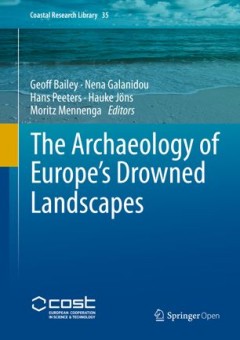
The archaeology of Europe’s drowned landscapes
This open access volume provides for the first time a comprehensive description and scientific evaluation of underwater archaeological finds referring to human occupation of the continental shelf around the coastlines of Europe and the Mediterranean when sea levels were lower than present. These are the largest body of underwater finds worldwide, amounting to over 2500 find spots, ranging from …
- Edition
- -
- ISBN/ISSN
- 9783030373672
- Collation
- xxviii, 561p. : ill.
- Series Title
- -
- Call Number
- 940.1 ARC a
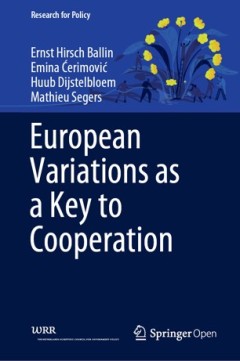
European variations as a key to cooperation
This Open Access book offers a novel view on the benefits of a lasting variation between the member states in the EU. In order to bring together thirty very different European states and their citizens, the EU will have to offer more scope for variation. Unlike the existing differentiation by means of opt-outs and deviations, variation is not a concession intended to resolve impasses in negotia…
- Edition
- -
- ISBN/ISSN
- 9783030328931
- Collation
- xx, 177p. : ill.
- Series Title
- -
- Call Number
- 337.142 EUR e

Manuscripts of the Latin classics 800-1200
This volume explores the production and use of medieval manuscripts that contain classical Latin texts. Six experts in the field address a range of topics related to these manuscripts, including how classical texts were disseminated throughout medieval society, how readers used and interacted with specific texts, and what these books look like from a material standpoint. This collection of essa…
- Edition
- -
- ISBN/ISSN
- 9789087283278
- Collation
- 224p. : ill.
- Series Title
- -
- Call Number
- 091 MAN m
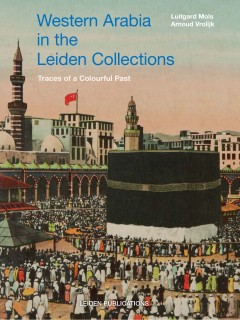
Western Arabia in the Leiden collections : traces of a colourful past
"In the late nineteenth and early twentieth century Dutch diplomats, scholars and travellers assembled unique collections in Jeddah, Mecca and Medina. The Dutch presence in Arabia, where they established a consulate in Jeddah, was intimately connected with the supervision of the annual pilgrimage to Mecca from the Netherlands East Indies, present-day Indonesia. Notable guests at this consulate …
- Edition
- -
- ISBN/ISSN
- 9789087282592
- Collation
- 191p. : ill.
- Series Title
- -
- Call Number
- 953.8 MOL w
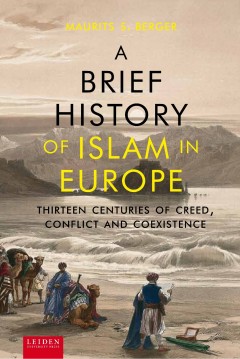
A brief history of Islam in Europe : thirteen centuries of creed, conflict an…
This book presents an overall presentation and discussion of developments ever since Islam appeared on the European stage thirteen centuries ago. The events and stories presented increase the understanding of present debates on, and notions of, Islam and Muslims in Europe. This book shows that in the course of thirteen centuries the Muslim as well as Islam have undergone many metamorphoses. The…
- Edition
- -
- ISBN/ISSN
- 9789087283261
- Collation
- 354p. : ill.
- Series Title
- -
- Call Number
- 297.094 BER b
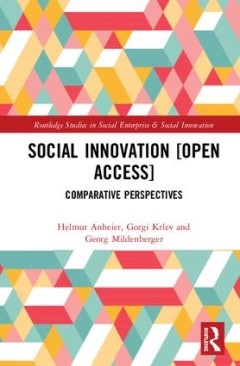
Social innovation : comparative perspectives
Social Innovation: Comparative Perspectives investigates socio-economic impact. Since it is hard to establish causality and to measure social properties when investigating impact, especially at the level of society, the book narrows down impact to one priority aspect: social innovation – understood as organizations’ capacity to generate novel ideas, ways and means of doing things, of addres…
- Edition
- -
- ISBN/ISSN
- 9781315158020
- Collation
- xix, 297p. : ill.
- Series Title
- -
- Call Number
- 306.3094 SOC s
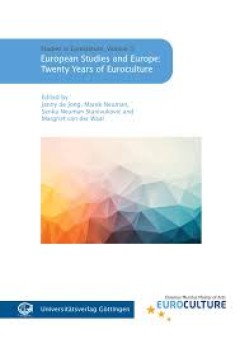
European Studies and Europe: Twenty Years of Euroculture
In 1998, the Master’s programme Euroculture started with the aim to offer, amid the many existing programmes that focused on European institutional developments, a European studies curriculum that puts the interplay of culture, society and politics in Europe at the heart of the curriculum. Among other topics, the programme focused on how Europe and European integration could be contextualised…
- Edition
- -
- ISBN/ISSN
- 9783863954314
- Collation
- 227 p.
- Series Title
- -
- Call Number
- 370 EUR e
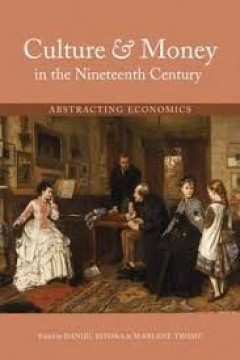
Culture & money in the nineteenth century: abstracting economics
Since the 1980s, scholars have made the case for examining 19th-century culture, particularly literary output, through the lens of economics. Bivona and Tromp have collected contributions that push New Economic Criticism in new directions.Spanning the Americas, India, England, and Scotland, this volume adopts a global view of the cultural effects of economics and exchange. Contributors use the …
- Edition
- -
- ISBN/ISSN
- 9780821421963
- Collation
- viii, 230 pages ; 24 cm.
- Series Title
- Series in Victorian studies
- Call Number
- 306.009034 BIV c
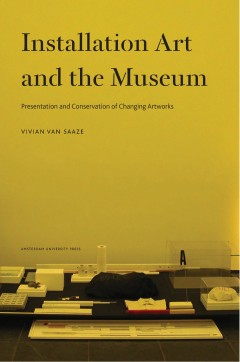
Installation art and the museum : presentation and conservation of changing a…
Installation art has become mainstream in artistic practices. However, acquiring and displaying such artworks implies that curators and conservators are challenged to deal with obsolete technologies, ephemeral materials and other issues concerning care and management of these artworks. By analysing three in-depth case studies, the author sheds new light on the key concepts of traditional conser…
- Edition
- -
- ISBN/ISSN
- 9789089644596
- Collation
- 225p. : ill.
- Series Title
- -
- Call Number
- 709.0407 VAN i
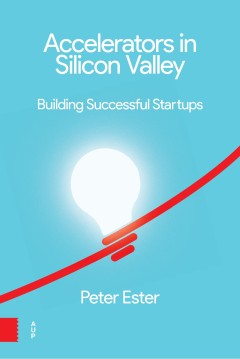
Accelerators in Silicon Valley: building successful startups : searching for …
In this book Silicon Valley expert Peter Ester describes how these 'schools of startup entrepreneurship' operate and how they empower startups. He interviewed over twenty Silicon Valley accelerators. They are analyzed in terms of mission, selection policy, technology focus, target groups, program features, funding, mentoring and training, and startup showcases. What can Europe and other regions…
- Edition
- -
- ISBN/ISSN
- 9789462987166
- Collation
- 175p. : ill.
- Series Title
- -
- Call Number
- 658.11 EST a
 Computer Science, Information & General Works
Computer Science, Information & General Works  Philosophy & Psychology
Philosophy & Psychology  Religion
Religion  Social Sciences
Social Sciences  Language
Language  Pure Science
Pure Science  Applied Sciences
Applied Sciences  Art & Recreation
Art & Recreation  Literature
Literature  History & Geography
History & Geography